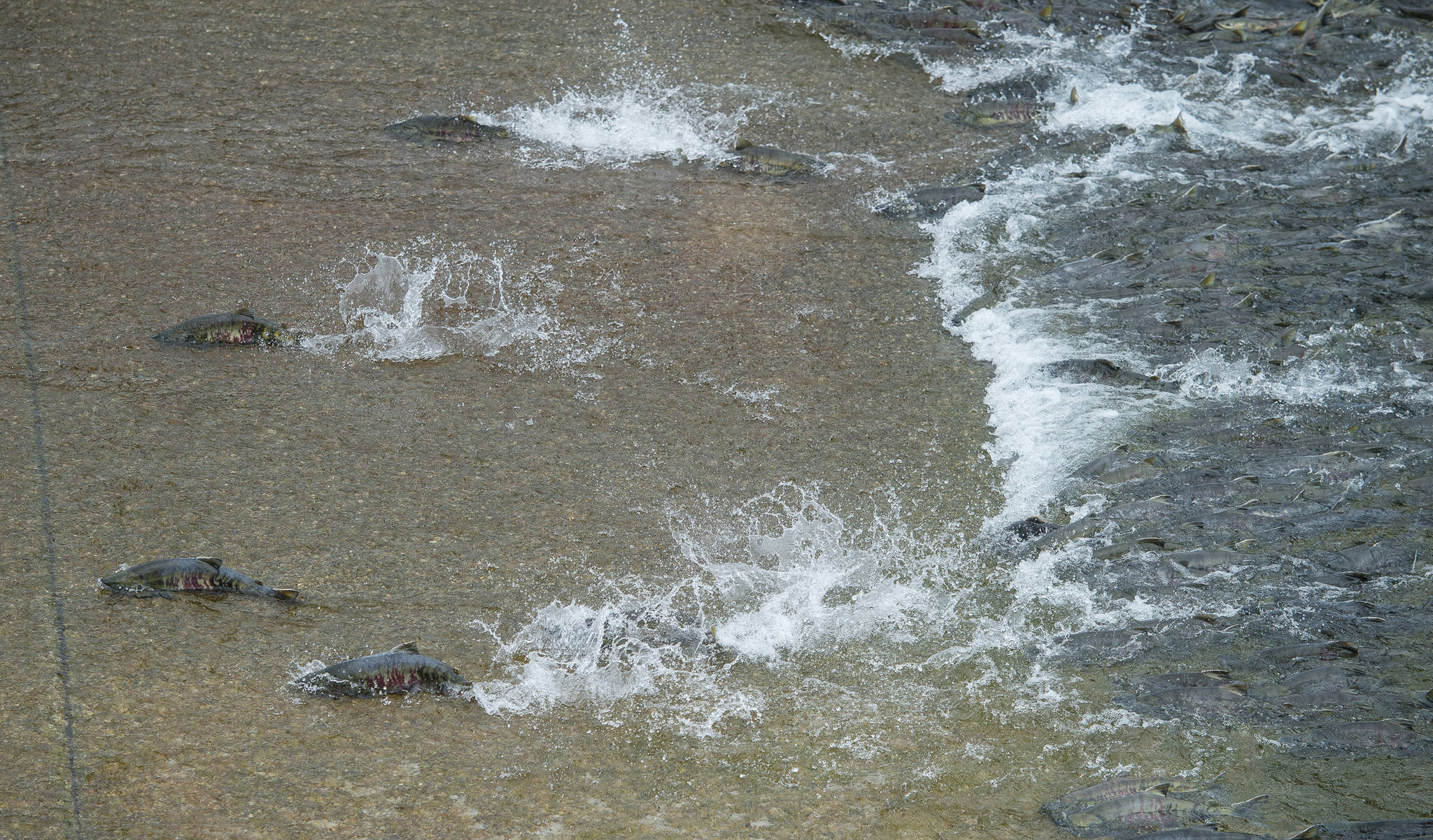I know that the Stand for Salmon initiative, like most legislation, is not the best piece of drafting, but neither is it the nail in the coffin for economic development.
How do I know? Because back in the day when we had the Alaska Coastal Management Program (which gave the Alaska Department of Fish and Game a regulatory role to protect salmon habitat) and a fully funded Habitat Division, the number of permits (not projects) denied was less than 1 percent. Essentially, through the ACMP, the State of Alaska had a proven record of modifying — not stopping — projects to account for salmon spawning and rearing habitat.
The modification may have added time and cost to the proposed development project during permitting before construction, but ensured that permitting was coordinated smoothly across all agencies. The perceived higher cost annoyed the Alaska Oil and Gas Association, the Alaska Mining Association, Conoco-Phillips etc. so they went after dismantling the ACMP. In that battle, they cited no evidence that the ACMP was a job killer. They also said they didn’t object to coastal management and that they would seek legislation to retool the program. They succeeded in dismantling the program. They did nothing to replace or revise it.
Without the ACMP or similar regulations for protecting salmon habitat, the Alaska Board of Fisheries petitioned the Alaska Legislature to give them new tools. Rep. Louise Stutes, R-Kodiak, responded by introducing House Bill 199, “The Alaska Salmon Legacy Act.” The bill did not get a single public hearing.
So what were Alaskans who care about salmon habitat left to do? Fifty thousand Alaskans signed the petition to get the Stand for Salmon initiative on the ballot.
Now the same groups that created the protection void by killing coastal management are the very same ones fighting against the Stand for Salmon effort. They use the same job-killing rhetoric and hire well-placed lawyers to make draconian interpretations. All of this back and forth overlooks one key dynamic: We live in a resource development state and no legislature nor administration is going to allow for an over-reach of environmental regulation that actually stops run-of the-mill development projects. This is our political reality. So why not vote on the side of our salmon?
It’s true that biologists believe the primary reason for decline in our salmon stocks lies in open ocean conditions. But just because most of the problem is in the open ocean doesn’t mean we should ignore the risks that are within our control. We have the ability to protect stream and near-shore habitat. And we have the responsibility to do so. Keep in mind, it’s much easier to ask developers to look for salmon before they begin construction, and use regulatory oversight to shape practical protections in project designs than it is to fight them in the courts. If the Stand for Salmon goes down, the impasse will only grow as litigation then become the only option.
If the Stand for Salmon initiative passes, I have no doubt that the salmon protection bill proposed by Stutes will finally get some public hearings, allowing policy makers to find a way to move forward for all of us who believe that salmon should define us not divide us. If you believe in this basic premise that salmon should define us, not divide us, please vote yes on Ballot Measure 1.
• Kate Troll is a former Juneau Assembly member with 22 years experience in climate and energy, fisheries and coastal management policy. She is the author of “The Great Unconformity: Reflections on Hope in an Imperiled World.” My Turns and Letters to the Editor represent the view of the author, not the view of the Juneau Empire.

